Basic principles of growing potatoes using traditional and Dutch technologies
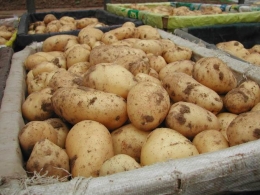
It is difficult to imagine that there was a time when potatoes were not grown either in Russia, or in Holland, or throughout Europe. Even when this vegetable was brought by sailors from the American continent, it was happily planted in flower beds. pots and used as a houseplant. Despite the fact that potatoes appeared in Europe in the 16th century, their tubers began to be widely used for food towards the end of the 18th and beginning of the 19th centuries.
Currently, the Netherlands has become the European legislator in agricultural technology for growing potatoes. Let’s try to figure out how growing potatoes using Dutch technology differs from conventional methods.
Content:
- Traditional potato planting
- How to grow potatoes using Dutch technology
- Requirements for planting according to the Dutch scheme
Traditional potato planting
In Russia, gardeners most often use standard technology for planting and growing potatoes on their plots. Before the start of the spring season, seed potatoes are lifted from the cellar. This is done so that the eyes on the tubers begin to grow. This technique reduces the germination rate of tubers once they enter the ground.
If traditionally the time for planting potatoes in open ground occurs in the last ten days of April and continues until the end of the first ten days of June, then the tubers should be germinated from the beginning of April. Immediately before landing The potato bed is dug up. The digging depth is about one and a half standard shovels.
Next, to place the tubers in the ground, either holes about 20 cm deep are filled or continuous furrows of the same depth are made. Immediately before planting, add a small amount of ammonium nitrate to each hole and mix it with soil. After this, the seed tubers are laid out in holes and covered with earth.

After the shoots appear above the ground, the potatoes are first weeded and then hilling begins. This technique leads to the formation of new roots and increased yield. In addition, hilling leads to improved gas exchange and air access to the roots. Harvesting begins after the potatoes have flowered and the tops begin to dry out, you can begin harvesting by digging up bushes and collecting tubers.
Before storing them, they are dried, sorted and placed in a cool underground or cellar for storage. These are the basic principles of growing potatoes in amateur gardens.
We will try to reveal the principles of Dutch cultivation technology potatoes.
How to grow potatoes using Dutch technology
Holland occupies more than a quarter of all planting areas for potato planting and sells fresh potatoes to more than 70 countries. It is important to note that Dutch technology is designed more for industrial volumes and mechanical tillage. However, some techniques can also be implemented in garden plots.
Video about growing potatoes according to the Dutch scheme:
The soil for planting is plowed with a mechanical plow to a depth of about 30 cm in the autumn. Plowing is carried out with a reversible plow with the obligatory turning over of the layers of earth.Here you need to pay attention to the depth of the fertile layer and adjust the depth depending on its average thickness. Otherwise, there may be a large amount of infertile land on top.
After digging, the soil is loosened with a disk cultivator. In spring, such a bed warms up and dries out faster. After this, the soil is loosened either with a mechanical cutter, or, in extreme cases, by digging with a fork, with a distance between the teeth of 2 - 3 cm.
Seed tubers must be of good quality, free from rot, and of the same size. Taking into account the fact that in Holland potatoes are planted by machine, the size of the tuber is 5 - 6 cm in diameter. Regardless of the planting method, it is advisable to germinate the tubers, but the sprouts should not be longer than 5 mm. They reach this size in about two weeks after being removed from storage.
Requirements for planting according to the Dutch scheme
Dutch technology provides for a row spacing in a potato bed of at least 75 cm; this is also due to the mechanized planting method. The number of tubers per hundred square meters depends on the variety. About 500 - 600 early potatoes are needed per one hundred square meters of land area. The maximum number of small or cut tubers should not exceed 1000 pieces.
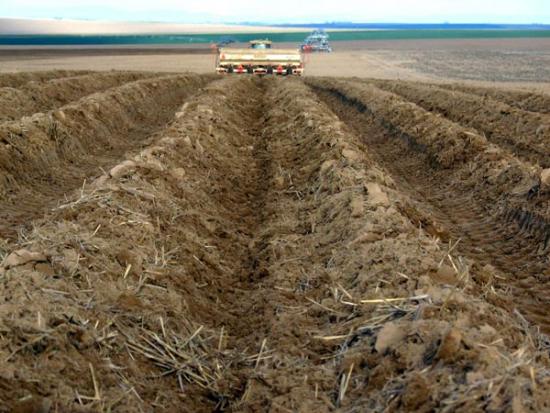
It is most convenient to use mechanical planters to form ridges during planting soil. The base of the ridge is about 35 cm, the height is about 10 cm. The first weeding is carried out even before the potatoes sprout to the surface, 15 days after planting. Simultaneously with the removal of weeds, a ridge 15-25 cm high is raked. It is most convenient to carry out this treatment with a cultivator, but it can also be done manually.
In principle, this ends the treatment of potato plantings, with the exception of pest control.Before harvesting, all remaining tops are mowed and removed from the site.
For the Dutch technology to pay off, you need to choose the right varieties; now about 30 varieties are recommended for this growing method, for example, the following:
- Ramono
- Auzonka
- marfena
- pain
- prior
Don’t forget about the right predecessor crops, for example, it’s good to place potatoes after grains; you also need to remember about fertilizer soil. Perhaps not all of the technology, but only some of its principles, will be useful in amateur potato beds.


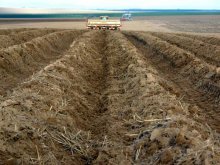

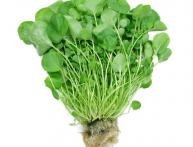
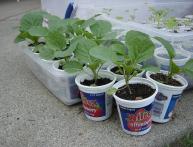
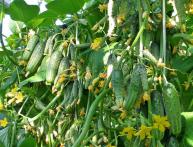


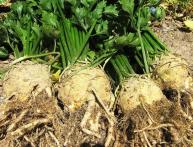

Comments
It was interesting to read about such techniques. We plant potatoes in February because we were told that planting at this time could get rid of the problem of Colorado potato beetles. But, apparently, for them this is not a reason not to appear. You have to collect them by hand, because you don’t want to splash them with chemicals.